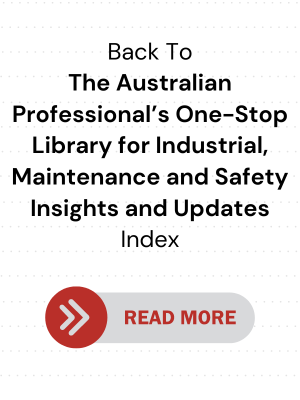Belt Length Acronyms (La, Le, Ld, Lp, Lw and Li)

.png)
We’re putting it here as a quick reference.
- La: Outer (circumference) length1
- Le: Effective length2
- Ld: Datum length3
- Lp: Pitch length3, 4
- Lw: Working length3
- Li: Inner (circumference) length1
Certain conditions:
1 No belt stretch / tension applied
2 Length relative to the effective outside diameter of a sheave with belt stretch / tension applied
3 Length at the pitch diameter of the sheaves used with belt stretch / tension applied
4 Technically defined as “any circumferential line which keeps the same length when the belt is bent perpendicularly to its base” (ISO 1081:2013)
Here’s a more detailed explanation of belt lengths, according to the GatesFacts Technical Information Library.
Different length measurements are used due to the complex geometry of belts and their interaction with pulleys:
- Outer/Inner length: The physical circumference of the belt's outer and inner surfaces*
- Effective length: The length around the neutral axis of the belt (where it experiences neither tension nor compression during bending)
- Datum length: A standardised measurement often used for V-belts, close to the effective length*
- Pitch length: For toothed belts, the length of an imaginary line along the pitch circle of the belt (where the teeth are evenly spaced)^
* Commonly used for measuring V-belts
^ Commonly used for measuring timing belts
AIMS' Note on Safe Use of Belt-Driven Systems
- Power down: Before any inspection, maintenance, or adjustment, make sure to completely shut down the power to the machine and apply a lockout/tagout (LOTO) device to prevent accidental restarts.
- Right belt for the system: Keep in mind that v-belts (especially cogged / notched / wrapped belts) are different from synchronous /timing / ‘toothed’ belts. Some mistake the cogs for teeth but remember that cogged belts run on V-shaped pulleys that do not have teeth. Are you operating where flammable substances are present? Maybe you need fire-resistant anti-static (FRAS) belts – or maybe heat-resistant and oil-resistant belts will do. We compared them in this FAQ.
- Safe attire: Avoid loose clothing, jewelry and long hair that could get caught in the moving parts. Ensure proper fit of workwear without compromising comfort, dexterity and protection. Tie back long hair and secure loose items.
- Safeguards in place: Never operate a belt-driven system with the guards removed or bypassed. These guards are there for your protection.
- Maintenance and replacement: Regularly inspect belts and pulleys for wear and tear. Maintain proper belt tension and alignment as specified by the manufacturer. When replacing the belt, make sure you get the proper fit and measurement of the system. These accessories and maintenance kits (eg alignment tools, belt measurers, pulley gauge sets, spacers, tensioners etc) come in handy.
- Cleanliness: Keep the area around belt drives free of debris and clutter that could get caught or cause a fire hazard.
(Refer to our content library's sub-index of articles about belt-driven systems and electric motors for more information.)



.png)